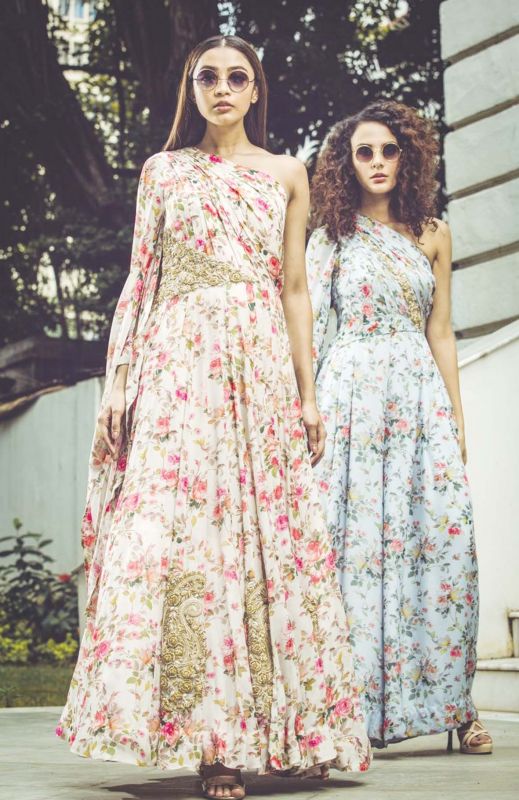Era of fast fashion to fade out soon
There’s nothing fixed about what the mercurial millennial likes. To stay relevant, fashion brands need to be original and accessible.

As fast fashion catches up with people across the globe, the demand and supply for customised designer wear and luxury products have gone down drastically. While last year we saw the rise of trends like normcore, ugly fashion trends like dad sneakers, shredded jeans, and prairie dress coming back in vogue – the trend predictions for 2019 also look obscure. With the excess of options, it seems designers are running out of trends, and now anything and everything that could possibly fall under the “opposite of fashion” category is being promoted on the runway for novelty. Could this be a downfall of fast fashion? We find out what Indian designers have to say about the lack of innovation in the fashion industry.
When it comes to pleasing the mercurial millennial and the following Generation Z, there is nothing fixed about what they like and what they don’t. Designer brands all over the world are having a tough time sustaining the war of trends because the new age consumer is well aware of his/ her needs. The rise of well-informed customers, asking for sustainable, fit for all colours, body type, and culturally correct brands, has led to the downfall of many iconic labels that thrived on promoting a certain idea of fashion and beauty. This certainly is a tough time for fashion, and a lot of design houses are changing their design philosophy to appeal to new target groups in order to sustain.
Globally, a lot of trends and ideas have already been tried, and designers are struggling to generate new ideas. To remain relevant is a huge challenge. Designer Vidhi Singhania mentions, “Fast fashion brands and e-commerce retail platforms have disrupted the industry by meeting a previously untapped consumer need for trendy clothing for a lower price. These brands can turn around new products in fewer than six weeks from conception to shelf, and their success is forcing the rest of the fashion world to keep up. In India, the fashion industry is uniquely competitive and brands that don’t innovate fast enough will be left behind.”

Brands are now spending a sizeable amount to create awareness among consumers and trying to explain and educate them about what are they buying. Designer Dharna Hassija highlights that the new age consumer is well informed and the choices are not restricted by a publicised trend in magazines, newspaper or otherwise. She says, “Not just fashion, but overall the consumers today prefer product customisation matching individual preferences and needs. They know what they want, and have multiple avenues to get it. Same is for the fashion industry. In my opinion, this is the most beautiful change that the industry is seeing as it gives rise to the democratisation of fashion. No longer can the trend be governed by a seasonal collection of a handful of large fashion chains.
This need for personalisation and adaptability to various trends allows designers to stay true to their own creative inspirations and not blindly follow the trend.” To stay relevant, the design chains will need to start catering to the bespoke needs of customers. The process of selling one collection fits all will soon disappear. “The bespoke trend is already visible and soon will catch up in the bridal market as well. The biggest change in the industry is that the customer is now looking for the value of money. Coming years will see a decline in sales of high priced common design brands. As a designer, I focus on making more design creatives and stay away from mass production. For every design and sample, the customer is provided with various customisation in terms of fabric, colours, embellishments.

